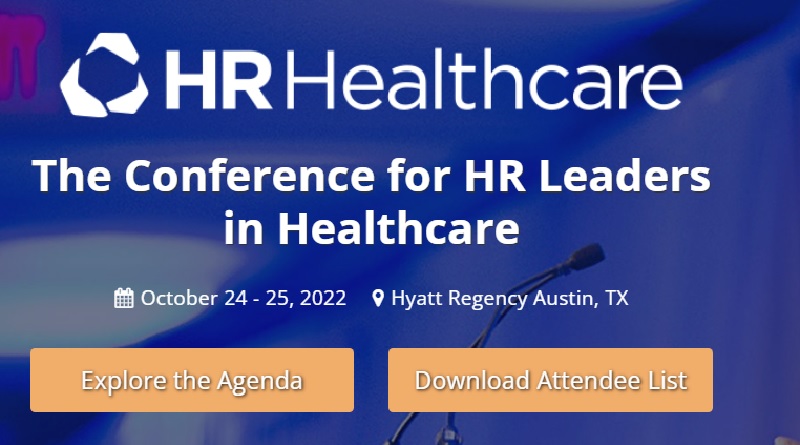The services provided by clinicians will be improved through increased interoperability, ultimately improving patient outcomes. In order to leverage electronic health data to improve health outcomes, it provides secure access to and integration of that data. Healthcare professionals and patients will have better visibility of correct information that helps them make better decisions, which in turn leads to better outcomes by combining patient data from several reliable sources.
Interoperability in healthcare has long been recognised as important, and its significance is only growing in Australia and throughout the world.
Australia is constantly pursuing open data rules that foster interoperability and the utilisation of data assets as a resource for the country. Nevertheless, despite the advancements, linked care still faces challenges.
The best ways to manage unstructured patient data and content as well as how to connect data from various EHR systems are among these complicated and varied challenges. Healthcare organisations also have difficulties integrating new solutions with legacy systems or existing software, as well as dealing with clinician and staff opposition to incorporating new solutions into established workflows. While these obstacles must be removed, one thing is certain: If we are to provide patients with the level of care that will be required in the future, access to vital patient content must be enhanced.
In the ONC Health Interoperability Outcomes 2030 survey, providers agreed that interoperability is a top priority, with the aim of combining clinical and administrative data to support patient care and business applications, as well as integrating patient data from both inside and outside the system. This point of view is generally shared both in Australia and all throughout the world.
The sector has made a considerable investment to support this interest: According to Markets and Markets’ forecast for Healthcare Interoperability Solutions, the market for global healthcare interoperability solutions, which was valued at $2.9 billion in 2021, is expected to grow to $5.7 billion by 2026.
According to HIMSS Market Insights’ 2022 State of Connected Care Survey, healthcare executives want to establish better interoperability. According to the poll, 67% of participants are currently utilising, testing, or intending to integrate workflows and point-of-care imaging. The fact that information is frequently kept in silos and that interoperability can only be attained with corporate solutions like Vendor Neutral Archives (VNA) that can save data in its original format notwithstanding, this is a step in the right direction. The ability of clinicians to make educated judgments for better patient outcomes is enhanced by access to medical imagery and patient records.
Why is healthcare interoperability crucial?
In the global datasphere, patient information is growing at an exponential rate. The sophistication of video and jpeg formats, as well as the widespread use of capture devices (such as mobile phones), are what are causing this. Although the total amount of patient data is increasing, it is also getting larger, more sophisticated, and more varied. Although more information might lead to deeper insights, it also makes it harder to safely absorb, sort, normalise, classify, and analyse it so that it can be quickly put to use.
Images are a good example of this since the object and metadata need to be saved separately. In AI, where some data needs to be anonymized, it is also crucial. In order to assure accurate knowledge for care decisions, it is increasingly crucial to securely integrate and exchange health information.
The HIMSS Market Insights survey’s respondents listed a number of challenges to linked care, including merging data from several EHRs that are siloed, managing unstructured content, and system integrations.
Patient information is frequently dispersed among specialisations in healthcare, locked away in systems, or unreachable from a central system. EMRs or EHRs, which are thought of as the core repository for patient data, don’t often handle unstructured data efficiently, such as point-of-care medical images and physician notes. They might offer some connection, but they can’t manage, store, or retrieve data. The file types are frequently changed; saving as PDFs, for instance, may cause it to lose some of its qualitative value. PACS imaging technology, software that often only serves radiology or cardiology departments, locks physicians to proprietary workstations and necessitates manual processes to share imaging with hospitals and other organisations, resulting in delays and obstructing useful collaboration.
The necessity of coordinated care
Even within a single health system, personnel may take tedious, time consuming steps to retrieve and distribute information. The “CD workflow,” in which radiology burns imaging studies on CDs for distribution to another department, is a prime illustration. Information that is hard to get results in inefficiency, inconvenience, and treatment delays for both patients and clinicians.
When a patient leaves their home system, access to unstructured information becomes much more difficult. Decisions made at one facility may be influenced by imaging, reporting, and test results from another. Additionally, patients of today desire access to their medical records.
Collaborators can use a network of coworkers and cross-functional teams to share expertise and gain deeper insights when information can be readily and securely shared.
Additionally, the ability to share information prevents patients from having to repeat imaging or testing at great expense and inconvenience just because their information cannot be shared with another organisation or health system.
Although the need for safe access to a more thorough patient record is obvious, getting there isn’t always easy.
Healthcare interoperability solutions of the future
Numerous healthcare organisations strive to centralise and simplify access to crucial information for clinical and administrative tasks. Although there has been progress, it hasn’t always been easy; the struggle continues. There are still problems with many departments running their own application environments with siloed data, including radiology. Additionally, there is frequently an emotional resistance to changing what is currently in place at the departmental level. IT requires leadership assistance to make a top-down transition to enterprise systems and to develop a strong change management strategy. Internal resistance and the dispersed data are hence what are preventing this.
According to a recent HIMSS Market Insight poll, 75% of participants plan to buy a connected care platform. Additionally, they are considering which information should be shared and which technologies will have a big impact on efficiency.
At the HIMSS22 APAC Conference & Exhibition, learn about interoperability in the most recent ways.
A major theme of the upcoming HIMSS22 APAC Conference & Exhibition in Bali this September will be interoperability in healthcare. For the best patient care, healthcare organisations need access to all clinical content, including medical photographs.
This September, Hyland Healthcare will be back at the HIMsS22 APAC Conference & Exhibition. Hyland Healthcare has been named a leader in the Gartner Magic Quadrant for Content Services Platforms for the previous 12 years. Visit the Hyland team at booth 224 if you plan on attending the event!
Hyland will give a demonstration at the event of how an enterprise content services and medical imaging platform links unstructured content, medical pictures, and data so that key stakeholders may use it in their primary systems. As a result, payers and health institutions streamline workflows, accelerate business processes, reduce errors, and gain better decision-making intelligence.






